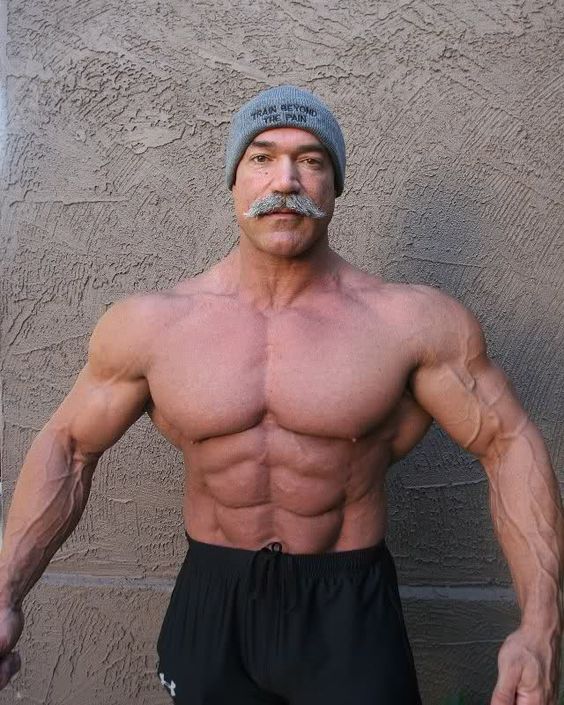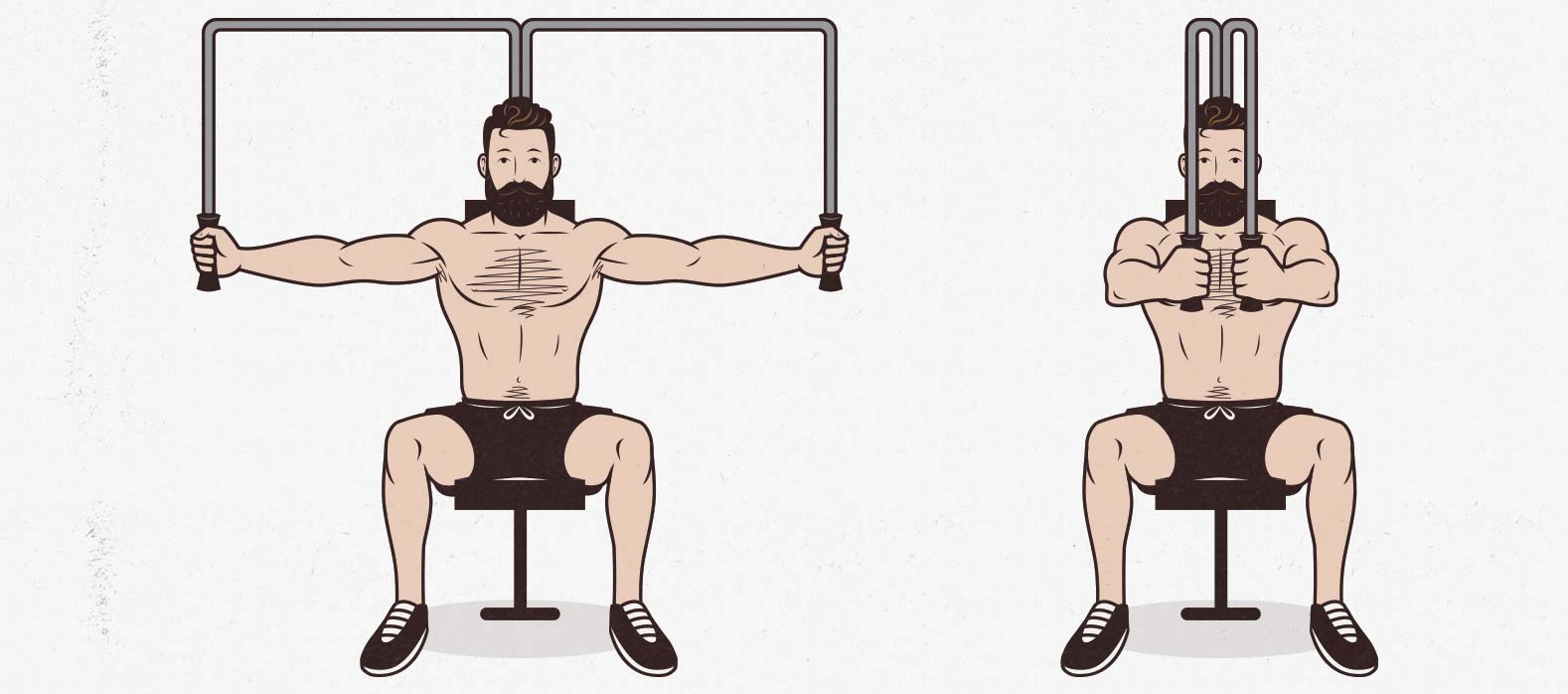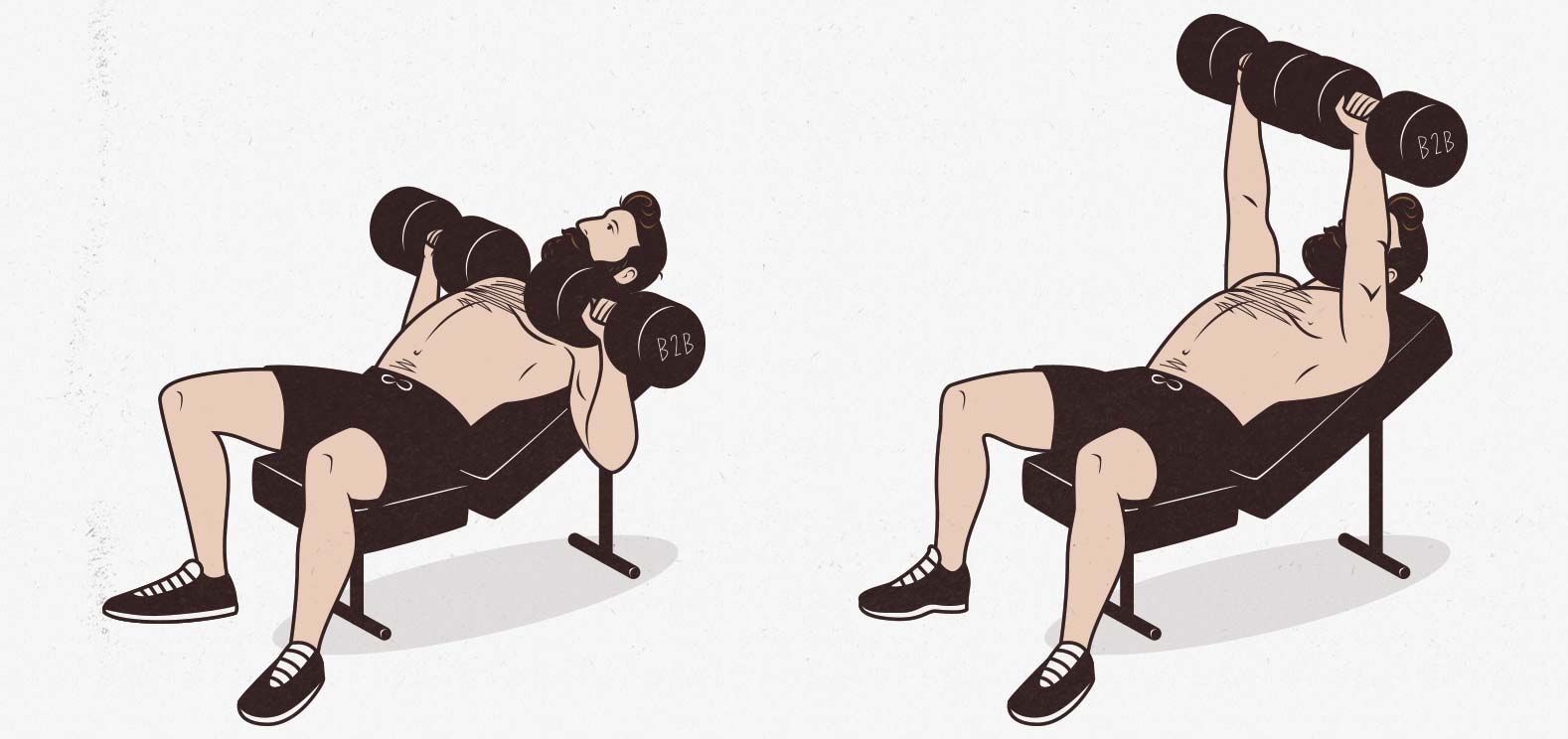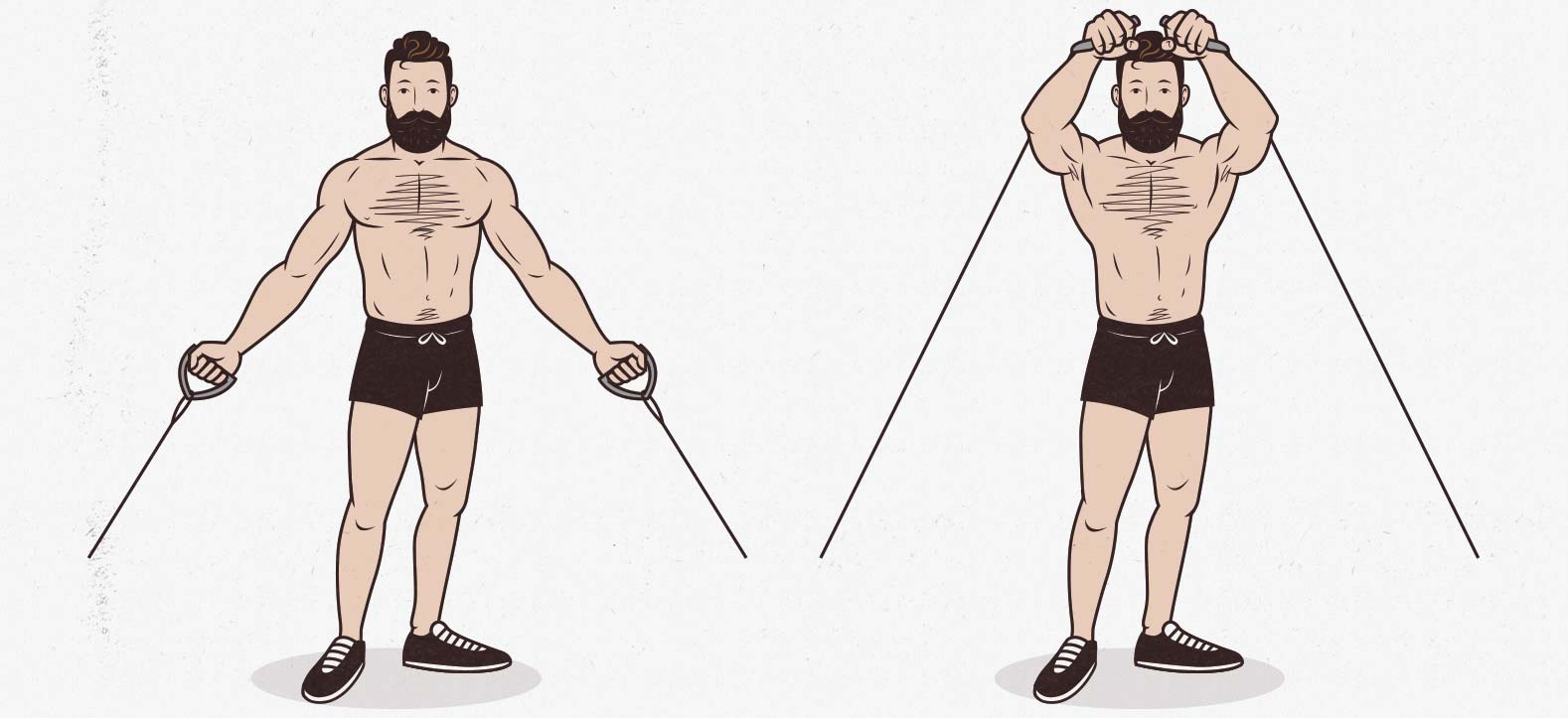A Chest Workout for the Books
The most commonly trained body part has to be the chest — after biceps, of course. Training the chest can be as much science as it is work ethic. Heck, anything relating to adding muscle is a delicate combination of the two.
Where does science come into play, you ask? Science has allowed us to dive deeper into the human physiological realm to unearth all of the body’s secrets. Biology, if you’re interested in it, is a wonderful thing. Unfortunately, I never took biology as a subject in school but I developed a keen interest in the human body once I began lifting weights.
I wanted to know everything there is to know. I wanted to know how our muscles function and what causes them to grow and become stronger. After reading countless articles and numerous books on the topic of building muscle, I can’t say that I’ve figured it all out. Nevertheless, I have put what I’ve learned into practice and have seen the results thereof.
What Are Your Goals
First, you have to know exactly what is that you want. It’s easy to have an epic chest workout but at least let it align with your goals and targets. It won’t help you much if your goal is to have a 200-pound bench press and all you’re doing are push-ups. In the same way, it won’t do you much good if your goal is to hit a planche push-up and all you’re doing is bench pressing.
With that being said, you need to establish clear goals for yourself, whether it be to increase your max bench, perform 100 uninterrupted push-ups, or just grow the barrel chest you’ve always dreamt of having.
Once you’ve established what it is that you want to achieve, setting up a plan of action becomes much easier and straightforward.
For the sake of this article, however, I’ll be writing under the assumption that your goal is to build a bigger chest.
Building the Unimaginable

For those of you who have been lifting since their younger days can probably remember how easy it was to gain mass. As you grow older, your physiology begins to change. You realize this because your joints begin to crack and make noises that you’ve never heard before.
This shouldn’t cause you to panic. Yes, you may be getting older, but you’ll still be able to make the gains you used to as a youngster.
For you to build muscle, you have to break down your muscle tissue and allow it to repair itself. This is how you build muscle in its most basic description. To expand on this, training for hypertrophy (growth), your muscles experience trauma on a cellular level. Specifically, cellular proteins.
This then prompts a response that activates satellite cells which begins the process of repairing the muscle. Certain growth factors are involved, such as Hepatocyte growth factor (HGF) and Fibroblast growth factor (FGF). These help to regulate satellite cells as well as causing them to move to the damaged muscle area.
Interestingly enough, insulin also plays a major role in muscle growth. Insulin transports glucose to the muscle cells and enhances protein synthesis. For that reason, it’s best to spike your insulin levels post-workout, provided you have a wholesome meal too. By doing so, you’ll feed your body the nutrients it needs when it needs it.
But in order to trigger these cellular responses, we need to put in the work. You can’t expect your body to release these chemicals if you’re not going to give your body a reason to.
For you to trigger these responses, you’re going to have to train hard and literally make every rep count.
Mind-Muscle Connection
You may have heard of this phrase before, but do you know what it is? It refers to the connection that you’ve established with your body. A lot of it comes down to motor development too. To see what I mean, relax your arm and see if you can tense your bicep.
Chances are it won’t get as hard as when you flex your arm at the elbow. However, if you’re unable to tense your bicep in any capacity, then you’ll need to work on your mind-muscle connection.
The above mentioned isn’t a test of any sort, it’s just an illustration.
The Ultimate Muscle Building Kit
The Chest Workout for Mass
Before we dive into the specifics of the routine, it’s important that you warm-up sufficiently in order to reduce the risk of injury of any sort. As you get older, injuries can set you back much longer than what they used to when you were younger.
Warm-Up
Don’t skimp on this. I know it’s boring and tedious, but trust me, you will want to do this.
- 5-10 minutes walking on a treadmill or on a stationary bike.
- 5-10 minutes of dynamic stretching.
- 2 sets, 15-20 reps of a tricep exercise.
- 2 sets, 15-20 reps of a shoulder exercise, i.e. side lateral raises. Alternatively, you could perform one set of side lateral raises and one set of front raises.
Flat Bench Press

4 sets, 12-15 reps – 30 seconds rest between sets.
Tips:
- When performing the bench press, grip the barbell about two hand widths wider than shoulder-width. This should minimize the involvement of both your triceps and deltoids.
- As you lay on the bench, be sure to squeeze your scapulae together while driving your shoulders down into the bench.
- When you bring the barbell down, stop just an inch or two from your chest. This will allow your the tension to remain on your pec muscles.
- When lowering the bar and pushing it back up, try to push and control the descent from your elbows. This ties in with the mind-muscle connection. Trust me, your pecs will be wrecked once you begin to do this.
Pec Deck

4 sets, 20 reps – 45 seconds rest between sets.
Tips:
- This exercise is meant to be performed as a drop set. The first part of the drop set is to be performed to 12 reps, after which you should drop the weight just enough to complete the remaining 8 reps.
- When doing this, try to push from your elbows. This will almost completely activate the pecs as they’re attached to the humerus bone.
Incline Dumbbell Press

4 sets, 12-15 reps – 30 seconds rest between sets.
Tips:
- For this movement, I would suggest that the angle of the bench’s backrest does not exceed 45-degrees.
- With the dumbells in-hand, you could rotate your wrists so that they face each other or so that they face your feet. This is mainly for safety reasons, but if you’re able to safely press the dumbbells in the traditional positions, then go for it.
- Again, push from the elbows and keep your scapulae pressed together.
Lower Pulley Cable Flyes

4 sets, 12 reps – 45 seconds rest between sets.
Tips:
- The main focus of this exercise is to contract and squeeze your pec muscles. This will help you bring out those striations hiding beneath your skin.
- As this is performed from the bottom pulleys, it will apply most of the tension to your upper pecs anterior deltoids. In order to get as much tension on your pecs, rotate the outside of your palms upward. This will see to it that your pecs are being squeezed like a stress ball.
- Try to hold the squeeze for 2 seconds at a time.
Push-Ups

2 sets, 10 reps – rest however you like.
- This is just a cooldown exercise to finish off.
Stretch
It’s vital that you stretch your pecs after you’ve trained them. Stretching them will allow more blood flow to the area as well as having a minor effect on muscle soreness the following day.




